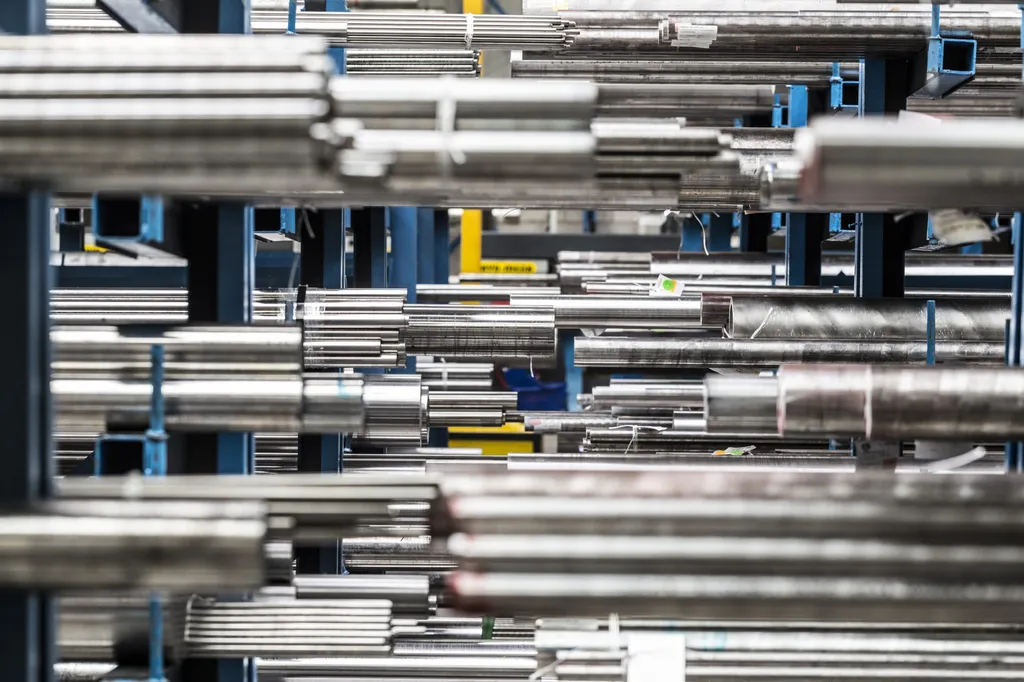In a groundbreaking study published in *Teshugang* (translated as “Heat Treatment”), lead author Yang Peng has uncovered significant insights into the effects of nitrogen infiltration on the microstructure and properties of 12Cr ferritic-martensitic steel, a material widely used in the energy sector. This research could revolutionize the way we approach heat treatment processes, particularly for components subjected to high-stress environments.
The study, which utilized electron backscatter diffraction (EBSD) and microhardness testing, revealed that heat treatment in a nitrogen-hydrogen mixed atmosphere induces notable changes in the surface structure of 12Cr steel. “We observed a substantial formation of martensite near the surface, which gradually decreased with the increased diffusion distance of nitrogen,” Peng explained. This transformation significantly enhances the surface hardness of the steel, a critical factor for components operating under extreme conditions.
One of the most compelling findings was the identification of transverse cracks on the tube’s surface during subsequent cold working deformation. “The microhardness analysis showed that the hardness value at 20 micrometers from the surface was 368HV0.025,” Peng noted. This discovery underscores the importance of optimizing heat treatment processes to prevent such defects, ensuring the longevity and reliability of steel components.
Peng’s research also established a thermodynamic model to study the relationship between nitrogen infiltration and diffusion distance. The model, based on the thermodynamic library TCFE11 and the kinetic library MOBFE6, demonstrated that nitrogen content decreases with increased diffusion distance, with the trend slowing down after reaching 70 micrometers. This insight provides a valuable tool for predicting and controlling the nitrogen distribution within the steel matrix.
The practical implications of this research are immense, particularly for the energy sector. By developing an optimized annealing process, Peng and his team were able to achieve a surface hardness of approximately 210HV0.025, meeting the requirements for cold working deformation. This advancement could lead to more durable and efficient components for power generation and other high-stress applications.
As the energy sector continues to demand materials that can withstand extreme conditions, this research offers a promising path forward. “Our findings provide a solid foundation for further optimizing heat treatment processes and enhancing the performance of 12Cr ferritic-martensitic steel,” Peng stated. The study, published in *Teshugang*, not only advances our scientific understanding but also paves the way for innovative solutions in the energy industry.
This research is a testament to the power of scientific inquiry and its potential to drive technological advancements. As we continue to explore the intricacies of materials science, the insights gained from studies like Peng’s will undoubtedly shape the future of the energy sector and beyond.

